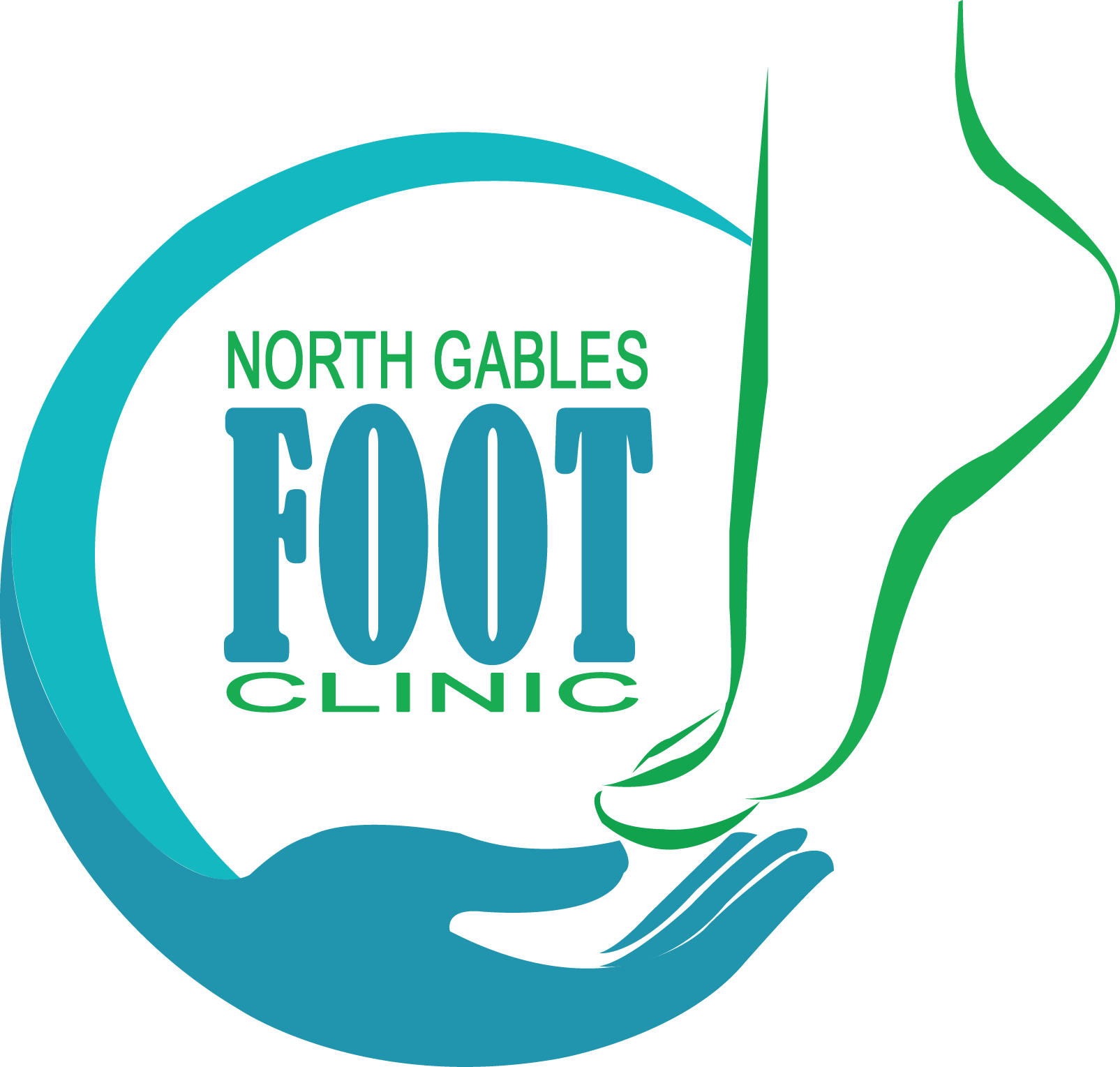
Surviving COVID-19 without my Podiatrist
Ingrown Nails
Welcome quarantined foot sufferers to the second installment of my blog, Surviving COVID-19 without my Podiatrist. Each article provides at home self-help guidance to common foot ailments. The information provided in our blog is not intended as a substitute for a medical diagnosis or care. My intent is to help the reader take care of their feet in these difficult times where access to immediate medical care is limited.
If you have any questions about any of the topics covered, as well as any other subject you would liked addressed, please email me at drreyes@ngfootclinic.com.
Ingrown Nails
This is perhaps the most painful and neglected condition I treat. Ingrown toenails occur when the skin on the side of a toenail grow over the edge of the nail or when the nail grows into the skin. Once the nail “digs” into the skin on the border of the affected toe. It can form a very painful wound that can become infected.
The causes of ingrown toenails are improper trimming, tight shoes, trauma or hereditary malformation of the nail.
An infected ingrown nail can pose a serious risk to a person with diabetes, poor circulation, heart disease and many systemic disorders such as psoriasis, lupus, rheumatoid arthritis, just to name a few. However, even a healthy person is at risk of serious complications from a neglected infected ingrown nail. According to a published Podiatric study, 84% of all toe amputations of diabetic patients in the U.S. last year were due to complications from infected ingrown nails. The same study also found that 55% of all toe amputations in otherwise healthy people were also due to complications from infected ingrown nails. The reason for this high rate of complications is anatomy. Our toenails directly on top of bone. Therefore, toenail infections are able to quickly travel and infect the entire toe.
How painful can an ingrown nail be?
I have a long term patient who first came to see me 15 years ago with a severely ingrown nail of the great toe. He had postponed seeking medical care for it because he couldn’t convince his boss to give him the time off . I remember asking him what finally made him decide to take such a decisive step. He replied that in spite of the fear of losing his job. The pain became so intolerable that he couldn’t even put on his shoe.
“It felt like a deep cut all the way to the bone on my toe,” he said as he described it to me.
He knew something wasn’t right and he needed it taken care of immediately. Luckily, he didn’t lose his toe or his job. After a corrective procedure and 14 days of antibiotics. He made a complete recovery.
So what could this patient had done if he were stuck at home?
DON’Ts
Let’s first start with what you DON’T want to do:
- You don’t want to try to go into the nail border and try to cut out the piece yourself with a pair of scissors or nippers. You risk pushing the ingrown nail further into the flesh.
- You don’t want to try to pack anything into the border to try to separate the skin from the nail. This too will aggravate the problem.
DO
This is what you want to do:
- Start using open toe shoes such as sandals or flip flops.
- Bathe normally cleansing the toe with soap and water generously.
- Pour hydrogen peroxide on the border of the nail.Allow it to remain on for at least 20 seconds.
- Clean area with regular tap water to remove the hydrogen peroxide.
- Dress the toe with a liquid antiseptic such as betadine, povidone or merthiolate. Avoid creams such as bacitracin or neomycin. The idea here is that the wound needs to drain in order alleviate the swelling and the infection. The cream tends to clog it up and not let it drain. Try not to cover it.
You will want to carry out this protocol for at least 10 days.If the nail isn’t too severely ingrown or infected. You should start seeing the swelling and pain improving within the next 3 days.
NOTE
* If the toe is very swollen, red or draining pus you may need to contact your doctor in order to have him prescribe oral antibiotics while doing this protocol.
* If there is a worsening of the symptoms in 48 hours, you will need to seek immediate medical care.
*If you have any underlying medical condition such as diabetes or vascular diseases that could compromise your ability to heal, you must first seek medical clearance from your primary care physician before attempting this regimen.
This at home treatment will not resolve the ingrown nail problem, but it should provide relief and control of the infection. Eventually you will have to see your podiatrist in order to permanently correct the problem.
If you live in the South Florida area, please check out my Lunch Time Ingrown Nail Surgery, it’s a “needle-free” procedure that takes approximately 15 minutes!


